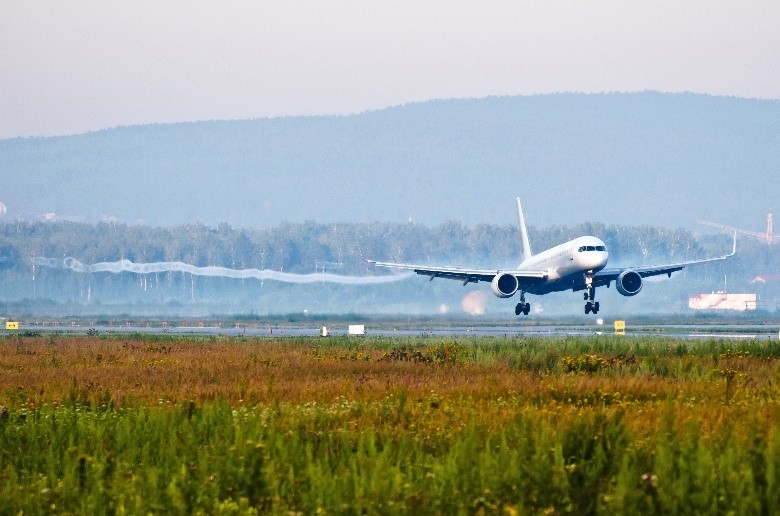CONTROLLER TOOLS OPTIMISE PAIRWISE ARRIVALS BASED ON TIME AND DISTANCE
Aircraft traditionally apply safe separation rules based on aircraft size and the distance between the leader and its follower in order to avoid wake turbulence on final approach. More flexible time-based separation (TBS) criteria developed under SESAR 1 already allow more arrivals based on weather conditions and wind strength and SESAR 2020 is building on this work to further raise capacity. By maintaining throughput rates at Europe’s busiest airports performance of the whole network stands to benefit.
This solution applies to pairwise separation for arrivals (PWS-A) rules for final approach consisting of both the 96 x 96 aircraft type based wake separation minima (for the most common aircraft in ECAC area) and the twenty wake category (20-CAT) based wake separation minima for arrival pairs involving all the remaining aircraft types. SESAR carried out five validation exercises in combination with the optimised runway delivery (ORD) tool (see solution PJ.02-01-01) using real-time and fast-time simulation techniques to assess the benefits and operational feasibility of these procedures.
The findings show that use of PWS-A with the ORD tool in both segregated and mixed mode operations is operationally feasible and acceptable to controllers in a high complexity approach situation and a large airport environment. The simulations showed significant benefits for this operational improvement including increased resilience to disruption, less fuel burn from reduced flying time/holding, improved predictability and capacity.
The solution has no impact on aircraft systems but requires the ORD tool to be integrated into the controller working position and TBS (if present) along with provision of meteorological services to measure and forecast wind on final approach.
A regulatory change has been submitted to the European Aviation Safety Agency (EASA) for distance-based pairwise separation for arrivals, and is expected to become an amendment to the existing requirement ATS.TR.220 which applies to wake turbulence separation under Reg. EC 2017/373 Annex IV Part-ATS.
A separate regulatory change has been submitted to EASA relating to time-based pairwise separations for arrivals which is also likely to result in a change in requirement under the same EC wake turbulence separation regulation.
BENEFITS
Additional resilience to weather and wind conditions
Decrease in fuel burn from taxi-out time
Less variability between planned and actual departure time
Increased runway throughput
Datapack
Contextual note
CBA
OSED Interop: part I - part II - part IV - part V
TS IRS
ITARO DEMOR
SORT DEMOR

